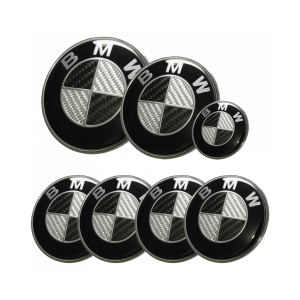rear transmission seal
Understanding Rear Transmission Seals Function, Importance, and Maintenance
The rear transmission seal is a critical component in the automotive drivetrain system. As a part of the transmission assembly, this small but essential seal plays a significant role in ensuring the efficiency and longevity of your vehicle’s transmission system. In this article, we will explore what rear transmission seals are, their function, the importance of maintaining them, and tips for ensuring their longevity.
What is a Rear Transmission Seal?
The rear transmission seal is located at the back of the transmission case, where the driveshaft connects to the transmission. Its primary function is to prevent transmission fluid from leaking out of the transmission and to keep dirt and debris from entering the system. Typically made from durable rubber or polyurethane materials, the seal must withstand high temperatures and pressures that are common in automotive environments.
Function of the Rear Transmission Seal
The rear transmission seal serves several important functions. Firstly, it contains the transmission fluid, which is essential for lubricating the moving parts within the transmission. Proper lubrication not only minimizes wear and tear but also ensures smooth shifting and overall functionality of the transmission. If the fluid leaks out due to a worn or damaged seal, it can lead to inadequate lubrication, resulting in transmission overheating, poor performance, and potentially significant damage.
Secondly, the seal helps to prevent contaminants from entering the transmission. Dust, dirt, and moisture can wreak havoc on the internal components of a transmission. A compromised seal allows these elements to infiltrate the system, leading to corrosion and other issues that can further degrade transmission performance.
The Importance of Maintaining Rear Transmission Seals
Maintaining the rear transmission seal is crucial for the overall health of your vehicle's transmission. Regular inspection can identify any signs of wear or damage before they escalate into more serious problems. Common signs of a failing rear transmission seal include fluid leaks under the vehicle, a noticeable drop in transmission fluid levels, and unusual noises while driving.
If you suspect that your rear transmission seal may be compromised, it is advisable to seek professional inspection and repair
. Ignoring the issue can lead to costly repairs and, in some cases, a full transmission replacement, which can be significantly more expensive than a simple seal replacement.rear transmission seal

Tips for Ensuring Longevity
To prolong the life of your rear transmission seal, consider the following maintenance tips
1. Regular Fluid Checks Keep an eye on your transmission fluid levels and quality. Low fluid levels or dirty fluid can strain the seal and other transmission components.
2. Follow Maintenance Schedule Adhere to your vehicle’s recommended maintenance schedule, which includes checking and replacing transmission fluid regularly.
3. Avoid Overheating Ensure your vehicle's cooling system is working effectively to prevent the transmission from overheating, as heat can cause seals to become brittle and fail.
4. Prompt Repairs Address any drivetrain issues promptly. If you notice any signs of fluid leakage or changes in transmission performance, don’t delay in seeking a mechanic’s help.
5. Professional Inspection Periodically have a professional technician inspect your vehicle's transmission, including the rear seal, to catch problems early.
Conclusion
The rear transmission seal may be a small component, but its significance should not be underestimated. Understanding its function, importance, and maintenance can go a long way in ensuring the longevity and reliability of your vehicle's transmission system. Regular checks and maintenance not only prevent costly repairs but also contribute to a smoother and more efficient driving experience. Taking care of your rear transmission seal is just one of the many ways to ensure your vehicle runs optimally for years to come.
-
Simplifying Oil Changes: A Comprehensive Guide to Oil Drain Plugs and Their Variants
News Aug.04,2025
-
Mastering Oil Drain Maintenance: Solutions for Stripped, Worn, and Upgraded Oil Plugs
News Aug.04,2025
-
Fixing Oil Pan Plug Issues: Leaks, Stripped Nuts, and the Right Replacement Solutions
News Aug.04,2025
-
Everything You Need to Know About Oil Drain Plugs: Sizes, Fixes, and Upgrades
News Aug.04,2025
-
Choosing the Right Oil Drain Plug: A Guide to Sizes, Materials, and Drain Innovations
News Aug.04,2025
-
A Complete Guide to Automotive Drain Plugs: Types, Problems, and Innovative Solutions
News Aug.04,2025
-
The Ultimate Guide to Car Repair Kits: Tools and Essentials Every Driver Should Own
News Aug.01,2025
Products categories















